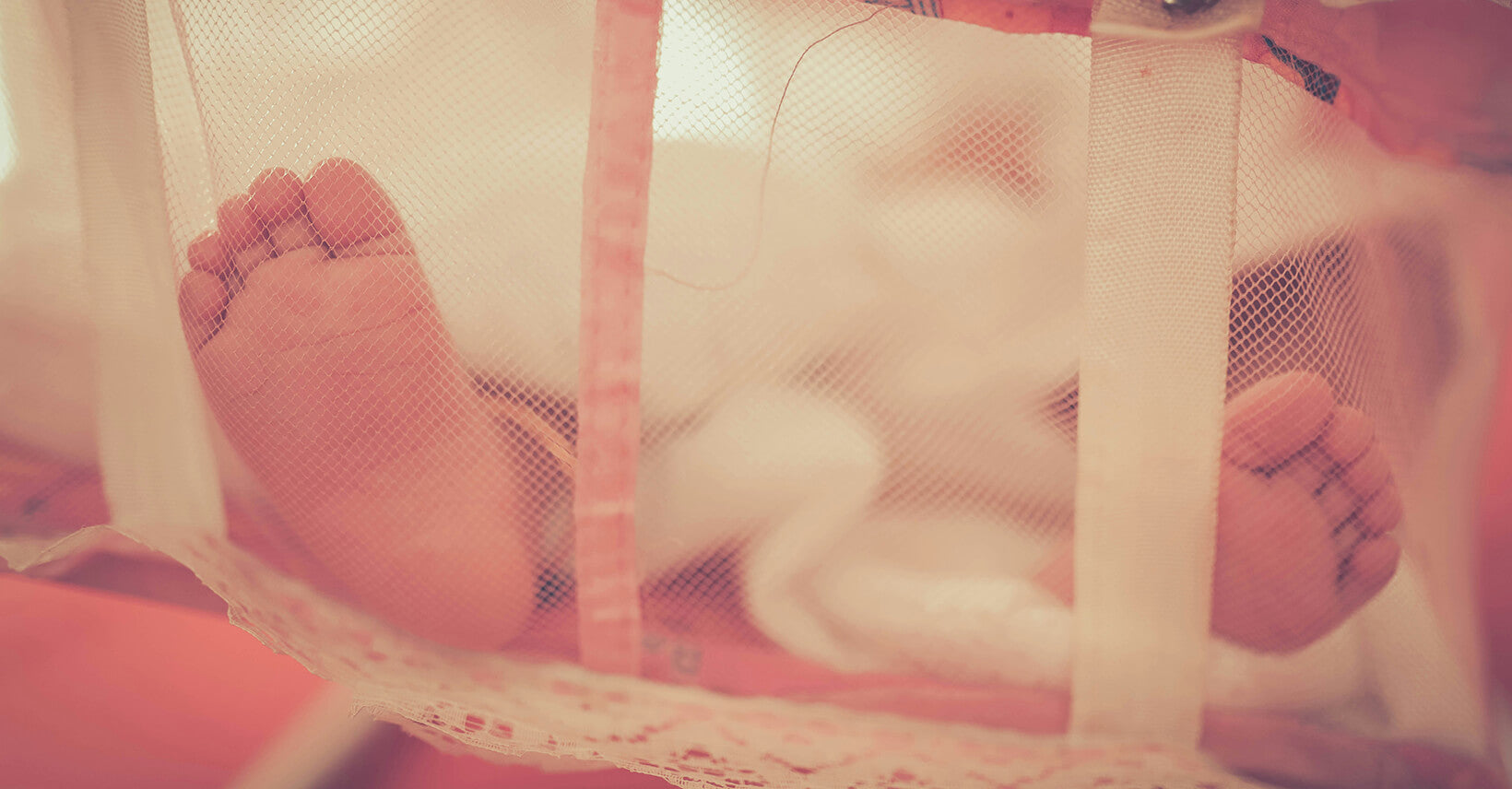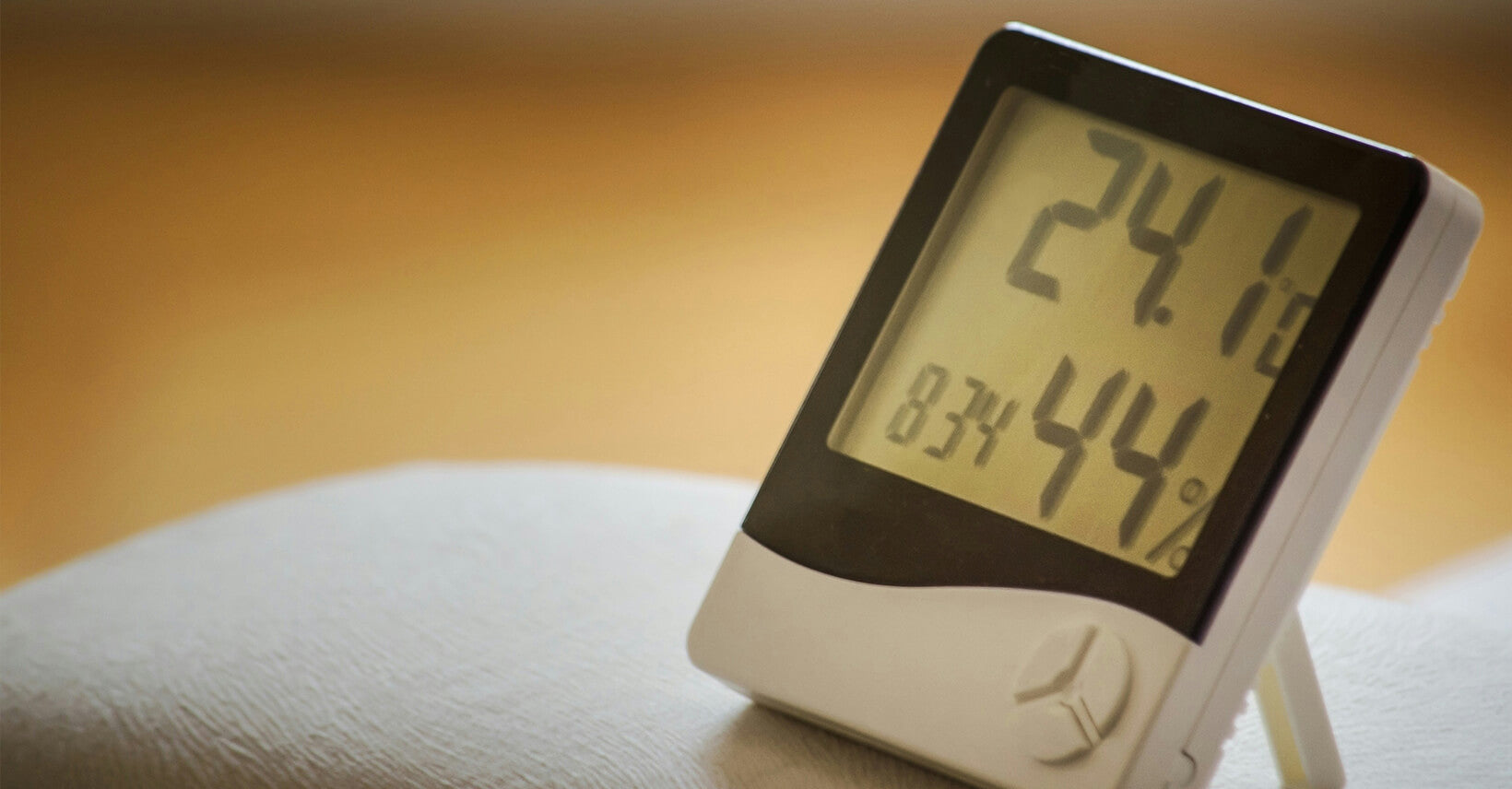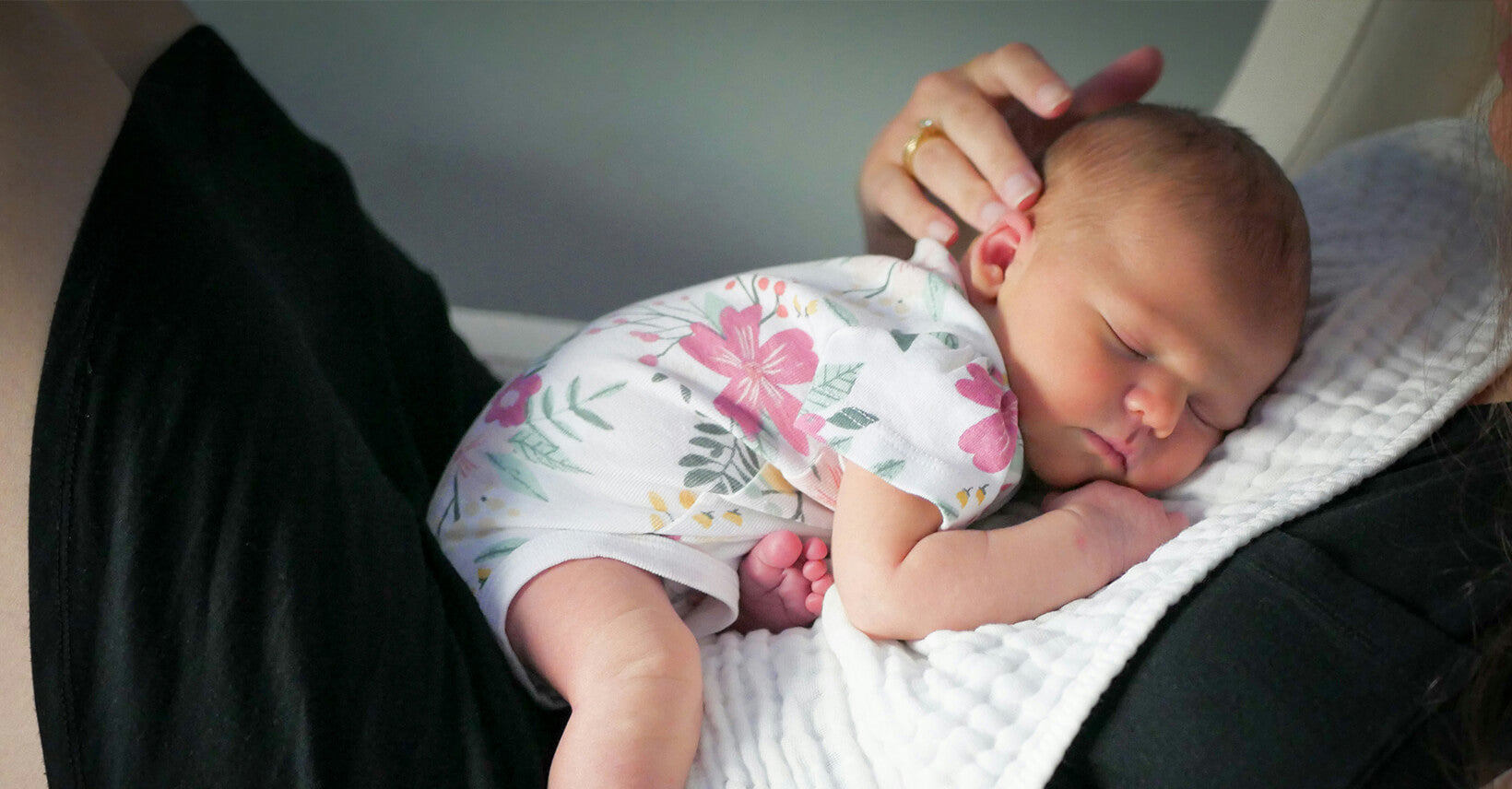
How to Get Newborn to Sleep in Bassinet ?
The bassinet, as a special sleeping place, plays an indispensable role in the baby's sleep journey. It is not only a piece of furniture, but also a harbor for babies to sleep.However, the reality is that many babies are reluctant to sleep in their bassinets. So, what's really going on? Let's follow in the footsteps of Kaiya Baby to explore this further.
Why won’t my baby sleep in the bassinet?
The reasons behind this can vary greatly due to individual differences among babies. Here, we'll primarily explore a few common factors.
- Temperature:Little ones can't regulate their own body heat yet so if the bassinet's too cold or too hot it'll definitely wake them up. Make sure baby's wearing just a one-piece sleeper, no extra blankets stuffed in there cause they can overheat easy. Feel the mattress too, it should be room temperaturenot hot from baby’sbody. You don't want them shivering or sweating!
- Startle reflex:One common reason why babies may have difficulty sleeping in their cribs is due to their "startle reflex," also known as the "moro reflex." This is a physiological response that is typically quite active in infants during their first three months.This reflex is triggered when a baby experiences a sudden touch or a feeling of falling, causing their limbs to suddenly extend, often accompanied by a raising of their arms. This reflex can startle a baby and cause them to wake suddenly as they feel like they are falling or in danger. This can result in frequent disruptions during their sleep cycles, making it challenging for them to maintain deep sleep.
- Hunger:With tiny tummies, it doesn't take much to wake them hungry. They associate you with food so being alone isn't comfy. Make sure they've eaten enough recently before trying bed, but not so full they're uncomfortable. Leavinga pacifier in might confuse sucking and eating at first too.
- Strangeness: For newborns coming into the world, the cradle is a completely new place to sleep that is very different from the warmth and familiarity of the mother's womb. This strangeness may cause the baby to feel insecure and afraid, so it is not willing to fall asleep in the cradle.
-
Separation anxiety: The newborn has a close bond with the mother in the womb, and the cradle cannot provide the baby with close contact with the mother. Separated from the mother sleeping alone in the cradle will make the baby feel lonely, lack the security of the mother's arms, so resist falling asleep.

- Sleep habits: Some babies fall asleep in their mother's arms, forming a habit. So it is difficult to adapt to the cradle environment. They may need some time to adjust to their new sleeping environment.
- Unsuitable bassinet: If the cradle is too hard and the mattress is too firm, the baby may feel uncomfortable and upset. On the contrary, if the mattress is too soft, it may cause the baby to not get enough support, affecting their sleep comfort.
Understanding these reasons can help you better understand why your baby doesn't want to sleep in the bassinet. In the following, we will share some methods and suggestions to help you overcome these difficulties so that your baby can sleep peacefully in the bassinet.

How can I get my baby to sleep in their bassinet?
- Surround them with your scent- Babies find the smells of home and parents very comforting. Try laying a t-shirt you've worn for a few hours in the bassinet with them. The scent of you will help them feel like you're still close by.
- Warm their space before sleeping- If the bassinet is cold when putting baby down, it can startle them awake. Try pre-warming it with a heating pad for 15 minutes before bed. Removing it right before laying them down leaves a gently warmed surface that's more similar to your body heat.
- Make the room dark and quiet- External stimulations like light and noise can disrupt sleep in little ones. Once it's bedtime routine, keep the room dimly lit with maybe just a nightlight. Close curtains or blinds to block any remaining light. Lower volumes and turn off screens/TVs so it's peaceful. Focusing on dims and darks tells their body it's time for rest.
- Select the right bassinet - Choose a bassinet that is spacious enough so that your baby has plenty of room to move around. Ensure that the cradle is stable and free of loose parts to prevent safety hazards. In addition, the ventilation of the cradle is also very important to facilitate air circulation and avoid overheating of the baby.
- Fill comfortable mattresses and sheets- Choose mattresses and sheets that are breathable, soft and comfortable, such as organic cotton and other natural materials that will not cause irritation to your baby's skin.Also ensure that the mattress is flat and soft and hard. A flat mattress can avoid the baby's uncomfortable posture during sleep and protect the healthy development of its spine. In addition, the moderate hardness of the mattress is also a key factor, a strong mattress may affect the quality of the baby's sleep, and too soft mattress may lead to the baby's posture instability.
- Gently rocking the cradle- The gentle rocking of the cradle can mimic the baby's environment in the mother, creating a familiar feeling. This rocking sensation can soothe your baby's nervous system, making them feel more secure and relaxed, and helping them fall asleep. At the same time, note that if you use the cradle's rocking function to sleep your baby, gradually slow down the rocking speed. In this way, the baby can gradually adapt to lighter movements, helping them to fall asleep more easily.
- Play soothing music- Play soft soothing music such as baby lullabies, nature sounds, white noise, classical music, etc. near the cradle, or use a gentle voice to communicate with your baby quietly. This can help your baby relax, eliminate external distractions, and get a better rest.
- Wearing a sleeping sack - In the cradle, the baby's range of motion is more restricted due to the relatively small space. Using a sleeping sack in the cradle can better limit your baby's range of movement. The design of the sleeping sack usually keeps the baby's legs and body in a relatively fixed position, reducing their rolling and twisting in the cradle. This helps reduce the risk of choking or discomfort, as the baby is unable to kick the covers off or cover them to the face during sleep. At the same time, the combination of sleeping sack and cradle makes it easier to achieve a more controlled sleeping environment.
- Establish a regular daily sleep schedule - Set a regular wake-up and bedtime to establish your baby's biological clock. This will help adjust your baby's routine and make it easier for them to fall asleep. It is also important to give your baby enough time to nap during the day and sleep at night to meet their growth and development needs.
- Progressive departure- Gradual departure is a way to help your baby fall asleep on their own, especially if they wake up during the night and start crying. This method is designed to gradually reduce the parental presence so that the baby can get used to falling asleep alone.
After your baby has calmed down, begin to gradually reduce your companionship time. This can be done by sitting next to the cradle, but no longer interacting with the baby. The key to gradual departure is to gradually increase the amount of time left to allow the baby to adjust to falling asleep alone.
When the baby seems to have calmed down and shows signs of falling asleep, gradually leave the room. Only leave for a few minutes at first, then gradually extend the time. If your baby starts crying again, you can go back and repeat the steps.

Why it’s important babies sleep in a bassinet?
Safety - Bassinets are designed for infants, with high sides and a firm, flat mattress that reduces the risk of suffocation or entrapment. Adult beds are not as safe for newborns.
Sleep position - Bassinets keep the baby on their back, which is the recommended sleep position to reduce the risk of SIDS (sudden infant death syndrome).
Closeness - Bassinets allow the baby to sleep near the parents' bed for easy access for nighttime feeding or comforting. This makes it convenient for bonding and attending to the baby's needs.
Transition - A bassinet can help transition the baby out of the parents' bedroom when they are ready, since bassinets are portable and can be moved from room to room.
Monitoring - Being close by in a bassinet makes it easier for parents to monitor the baby's breathing, temperature and sleep position.
Conclusion
And there you have it, my friends! With a bit of patience, persistence, and creativity, you can help your little one learn to love their bassinet. Remember—this too shall pass. One day you'll blink and your baby will have outgrown their bassinet completely. So enjoy this special time and don't be too hard on yourself. If all else fails, snuggle that sweet babe close and try again tomorrow. The most important thing is that you both get some rest. Before you know it, you'll be an old pro at this bassinet business. Wishing you and your tiny one many peaceful night's sleep ahead!

Yujia Shi
An expert in sleep sack design, is a valued contributor to Kaiya Baby's blog. With a strong background in baby sleep bags and maternal care, she is highly regarded for her professionalism. Yujia Shi prioritizes baby comfort and safety in her designs, using high-quality materials. Her insightful articles on sleep bags have been featured in reputable publications and have gained a significant readership. Trust Yujia Shi to help you create a comfortable and safe sleep environment for your baby, backed by her proven track record in the industry.



Leave a comment
This site is protected by reCAPTCHA and the Google Privacy Policy and Terms of Service apply.